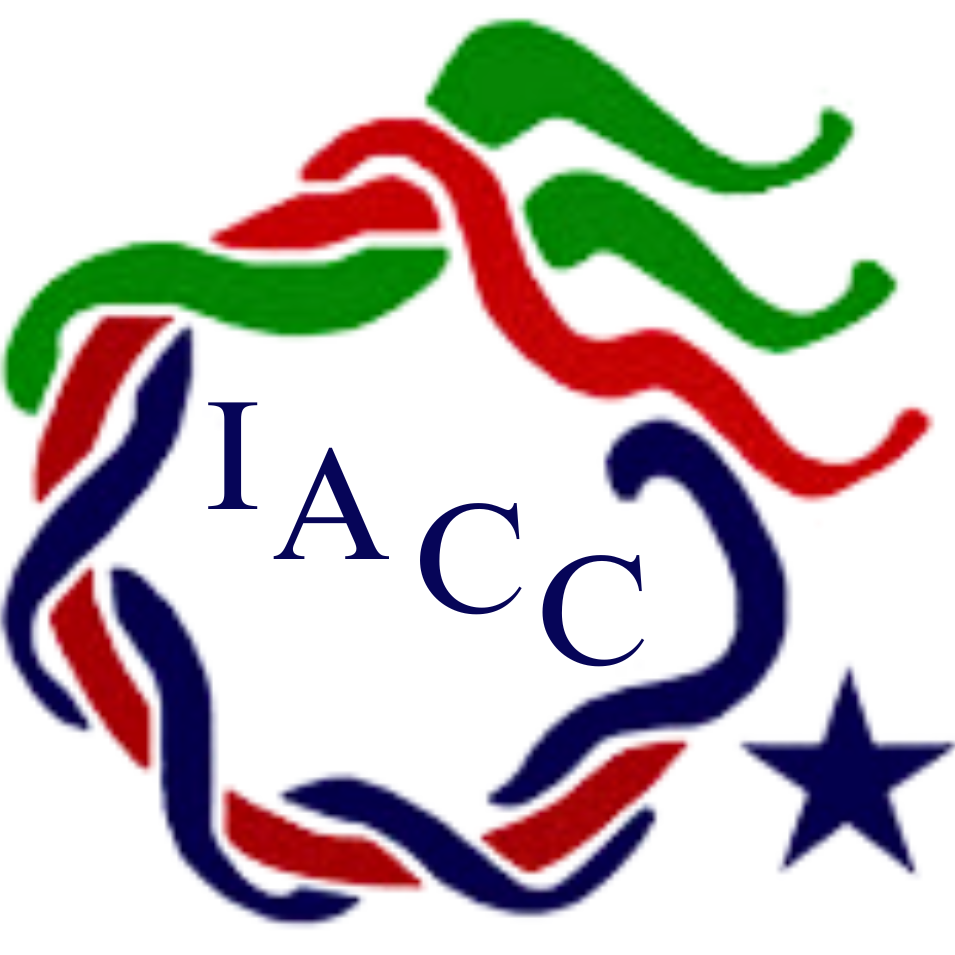Mehregan
Celebrate Love, Light, and Gratitude
Mehregan Festival is an ancient Persian celebration of friendship, love, and the autumn harvest. It honors Mithra, the deity of light and loyalty, and is a time for joyful gatherings, feasts, and gratitude.
Mehregan Festival
Mehregan Festival is one of the most ancient and significant Persian festivals, traditionally celebrated in honor of Mithra, the Zoroastrian deity of light, friendship, and loyalty. It marks the arrival of autumn and the harvest season, symbolizing gratitude for nature’s bounty and the triumph of good over evil. Historically, Mehregan was a grand festival during the time of the Achaemenid, Parthian, and Sassanid empires, and it has continued to be observed by Zoroastrians and Persians around the world.
Historical Significance
The name “Mehregan” is derived from Mithra or Mehr, the ancient Persian deity associated with covenants, light, and love. In Zoroastrianism, Mehr represented the eternal light and truth, and the festival was dedicated to his honor. Celebrated on the 16th day of the month of Mehr (the seventh month in the Persian calendar), Mehregan was seen as a parallel celebration to Norouz, but for the fall equinox rather than spring.
Mehregan has its roots in ancient Iran, where it was celebrated by kings and the general public alike. The festival was marked by grand ceremonies, feasts, and offerings to ensure a successful harvest and to give thanks for nature’s generosity. Kings used to sit on their thrones in the open air, receiving gifts and celebrating with the people.
Festival Traditions
Mehregan is traditionally a time of joy and thanksgiving, and its customs are rooted in Zoroastrian beliefs. Families prepare their homes for the festival with thorough cleaning and adornment, similar to the spring cleaning done for Norouz. They also set up an altar or a table decorated with symbolic items, much like the Haft-Seen table used during Norouz. The table typically includes:
- Mirror: Representing light and reflection.
- Candles: Symbolizing fire and warmth.
- Saffron: Symbolizing prosperity.
- Fruit and flowers: Representing the autumn harvest.
- Sweets and nuts: To share with guests and symbolize abundance.
- A bowl of rosewater: To sprinkle over guests as a gesture of welcome and purity.
One of the most important elements of the Mehregan celebration is the offering of prayers and incense to thank Ahura Mazda, the supreme god in Zoroastrianism, for the blessings of the harvest and the prosperity of the community.
In addition to prayers, feasting is an essential part of the celebration. Families prepare large meals with traditional dishes such as ash-e mehregan (a thick stew made with beans and noodles) and other autumnal foods. The gathering is festive, with music, dancing, and games that bring people together.
Themes of Gratitude and Unity
Mehregan is more than just a harvest festival; it embodies themes of gratitude, unity, and loyalty. It is a time for people to come together, celebrate friendships, and renew bonds with loved ones. The concept of Mehr, or love and kindness, is central to the festival, making it a celebration of both personal and communal connections.
Historically, it was also a time for social justice, as kings and rulers were expected to show generosity to their people and treat them with fairness. In some traditions, Mehregan was seen as a day when justice triumphed over tyranny, highlighting the moral values central to Persian culture.
Mehregan Today
Though Mehregan’s religious and royal aspects have evolved over time, it continues to be celebrated widely, particularly in Iran, Afghanistan, Tajikistan, and by Zoroastrian communities globally. While it may not be as widely recognized as Norouz, Mehregan remains an important part of Persian heritage, offering an opportunity for people to connect with their cultural roots and honor their ancient traditions.
In modern times, Mehregan celebrations often take place in parks or cultural centers, where Persian communities gather to observe the occasion with music, dance, and public feasts. In the diaspora, the festival has seen a resurgence, becoming an important event for Persian communities to celebrate their history and identity.
Conclusion
Mehregan is a rich and vibrant festival that reflects the deep cultural and spiritual values of ancient Persia. From its origins as a royal and religious celebration to its modern-day gatherings, it continues to symbolize the themes of friendship, gratitude, and connection with nature. For Persians around the world, Mehregan remains a time to honor both their ancient heritage and the bonds that unite them with their communities.
